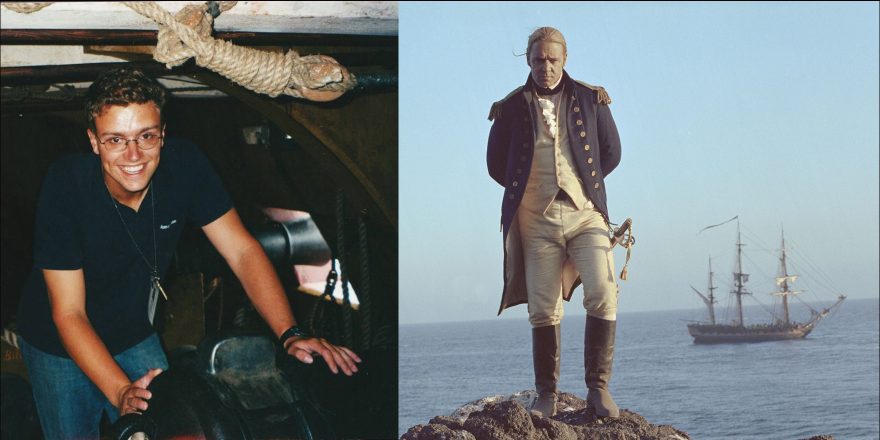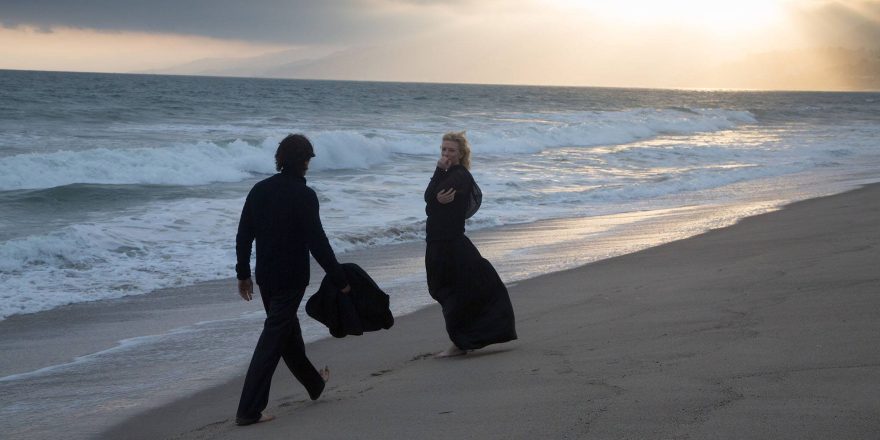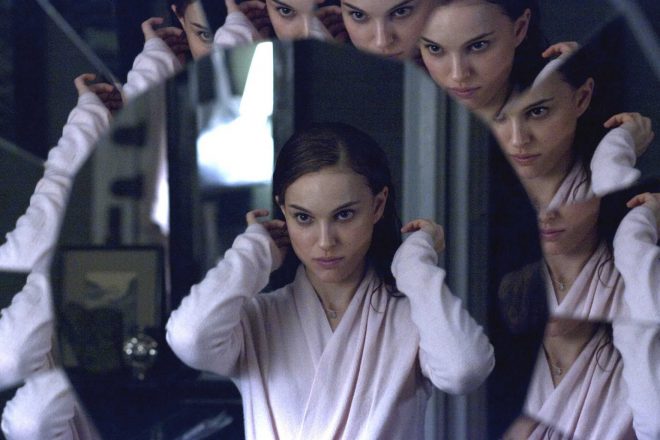During the summer between my junior and senior year at Denison University, I was extremely fortunate to work as a production assistant on Peter Weir’s Master and Commander: The Far Side of the World. Through numerous pestering emails and phone calls, I had assured one of the producers, Todd Arnow, that I was eager and willing to take any job, no matter how mundane or difficult. Of course, I quickly discovered being an inexperienced production assistant on a film with a $200 million budget was precisely that – mundane and difficult. But it was also wonderful because I was 20 years old, a film student, and head-over-heels in love with movies.
Denison is a small school in Ohio, and it has a very small cinema department. When I attended, all of the film studies courses were taught by one professor, Dr. Elliot Stout. In fact, that spring, I’d taken his Cinema Theory course, and our final assignment involved analyzing and writing about Peter Weir’s 1977 film, The Last Wave. He liked to say, “Weir did for rain in The Last Wave what Welles did for snow in Citizen Kane.”
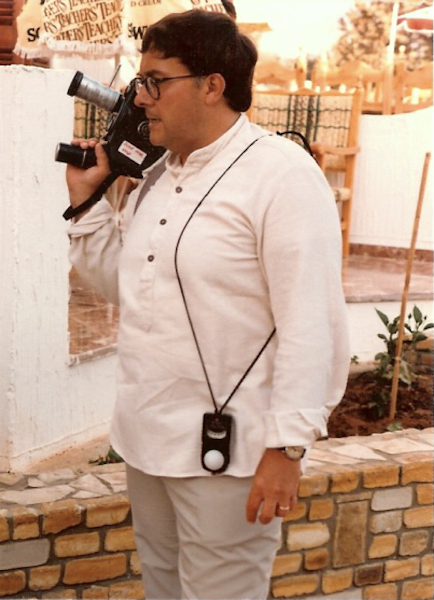
Dr. Stout smoked cigars, spoke with a vaguely British accent (even though he was from Columbus), and could never seem to master the VCR when showing clips in class. He also taught generations of undergraduates about the power of cinema. At the end of each class, to set up the screening for that evening, he would give a brief summary telling us why this week’s film was a masterpiece of cinema and leave us with his signature sendoff: “Scholars, I’ll see you at the movies!” His enthusiasm was contagious. It always reminded us why we were studying film in the first place and inspired me to hold on to that memory of sitting in a dark theater and thinking that I wanted to spend the rest of my life making movies.
Master and Commander was being shot at Fox Baja Studios in Rosarito, Mexico, which James Cameron had built a decade earlier to film Titanic. I flew to San Diego, took a taxi to the border, walked across to Mexico, and then took another taxi to Rosarito. At the studios, a replica of the HMS Surprise was mounted on a giant gimbal in a water tank next to the Pacific shore. It was a few weeks before filming would begin. I checked in and was told I’d oversee getting the background actors to the set. Sailors who had been cast for their nautical experience and weathered look had been flown in from around the world, and they needed to go through a boot camp of sorts, to train with swords, canons, and muskets.
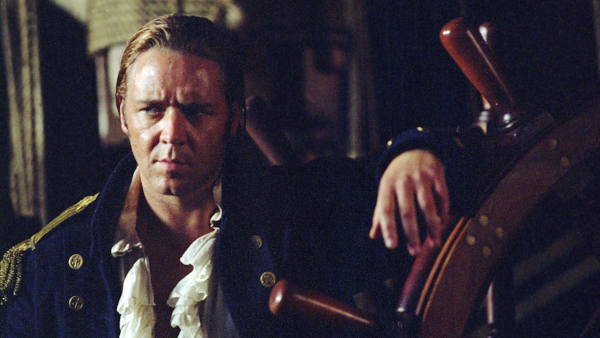
The scale of the operation was hard to grasp at first. One afternoon, I was told over the walkie-talkie that Russell Crowe wanted an “English breakfast.” Excited to have a task that would bring me closer to the main set, I ran to craft services and requested sausages and beans. The chef laughed and said, “I’m guessing he just wants tea.” Embarrassed but determined, I raced to set with a thermos, cups, sugar, and milk. I jumped into a motorboat that quickly ferried me across the water tank, where I climbed up a period-accurate ladder. Mr. Crowe thanked me for the tea, and I breathed a silent thank you to the craft service guy.
When the first day of principal photography arrived, we got to set at two in the morning. I had been given the unenviable job of managing the walkie talkies for the entire crew. Everyone kept dropping them in the saltwater-filled tank, and when I wasn’t moving the Polish sailors through hair and makeup, I was trying desperately to clean out contact points on the walkie talkies with a Q-tip. All around me, the crew was frantically barking orders at each other, and no one could seem to find anything they needed.
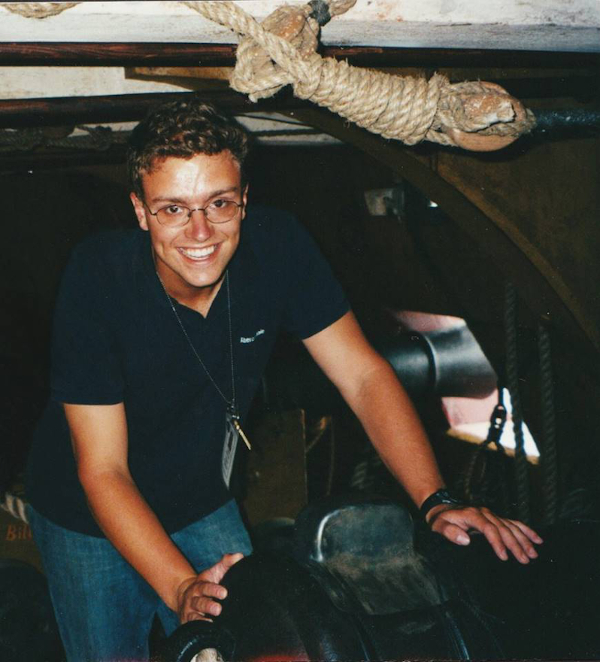
Amid the chaos, Peter Weir walked onto set carrying a large boom box. The whole cast and crew paused what they were doing and watched as he placed the boom box on the edge of the HMS Surprise. He pressed play and Pink Floyd’s “Wish You Were Here” filled the silence.
Everyone listened, and for the first time since I started working on the movie, I took a second to soak in everything around me. The sun was coming up, and I was on a movie set being given a chance to be part of something extraordinary. After that, the difficult and mundane tasks fit into a bigger picture, and I felt blessed to be on set every day.
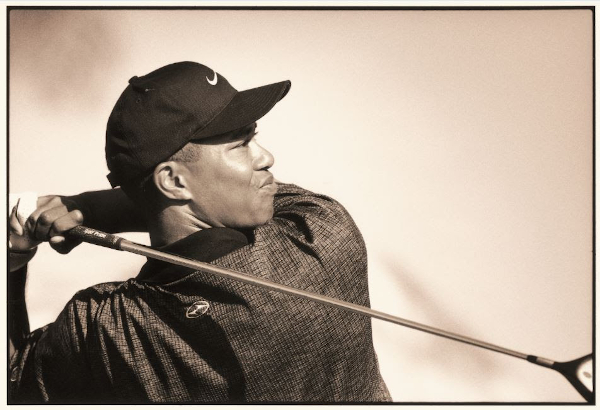
Over the past year, I had the fantastic opportunity to co-direct a two-part documentary for HBO about Tiger Woods. Tiger had a small crew and post-production team, and even though our logistics were nothing compared to Master and Commander, stressful days and setbacks occasionally made the work mundane and difficult for the crew. During those times, we would go out for drinks, and I would talk about how great an interview had gone and why it fit into the larger story. In the edit, I would pull interns and post-production assistants into the edit bay to watch a scene that was working well. It was a reminder to them and myself of the big picture, a brief nod to what brought us all there in the first place – we love movies, and we were so lucky to be making one.


